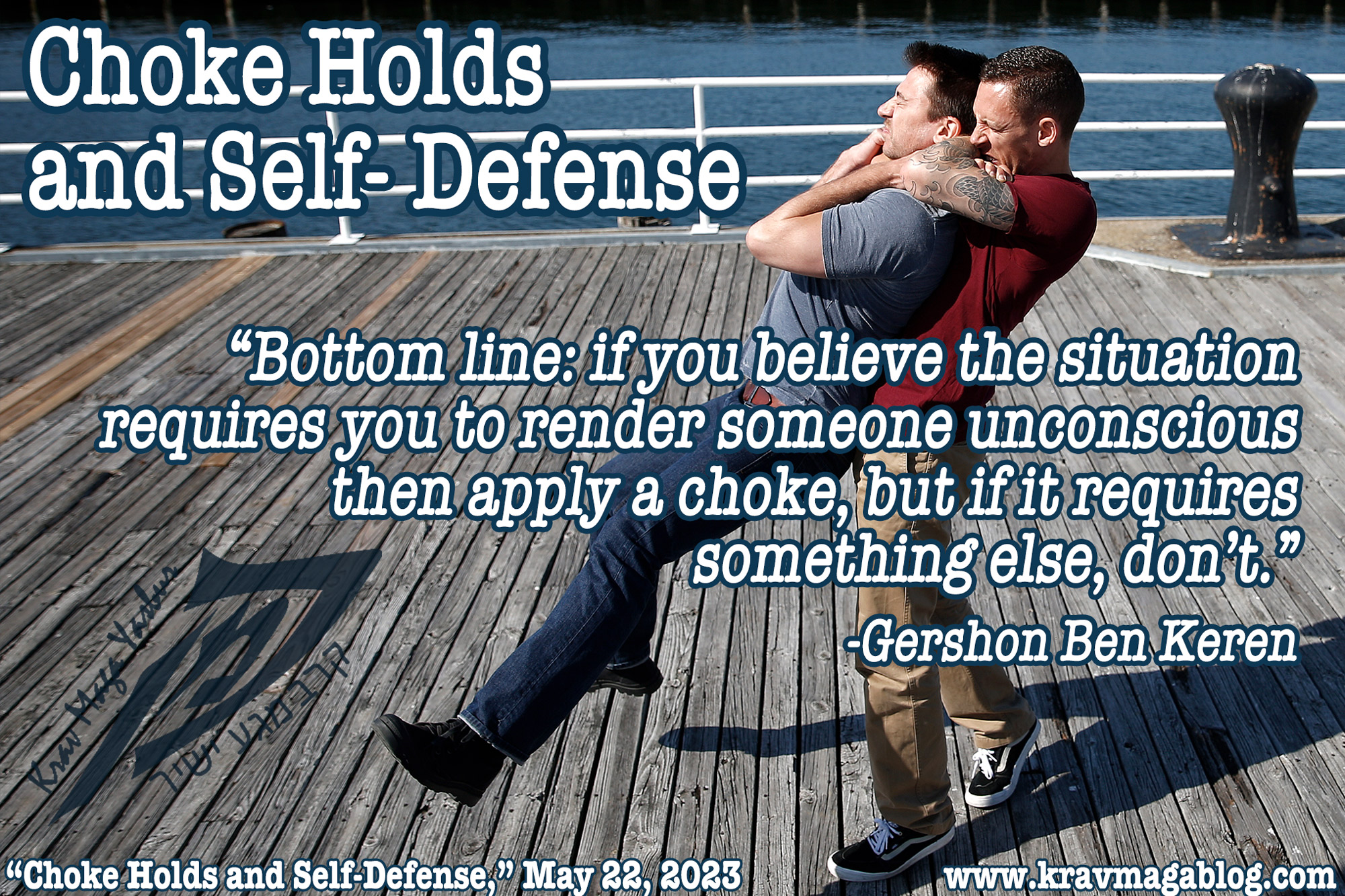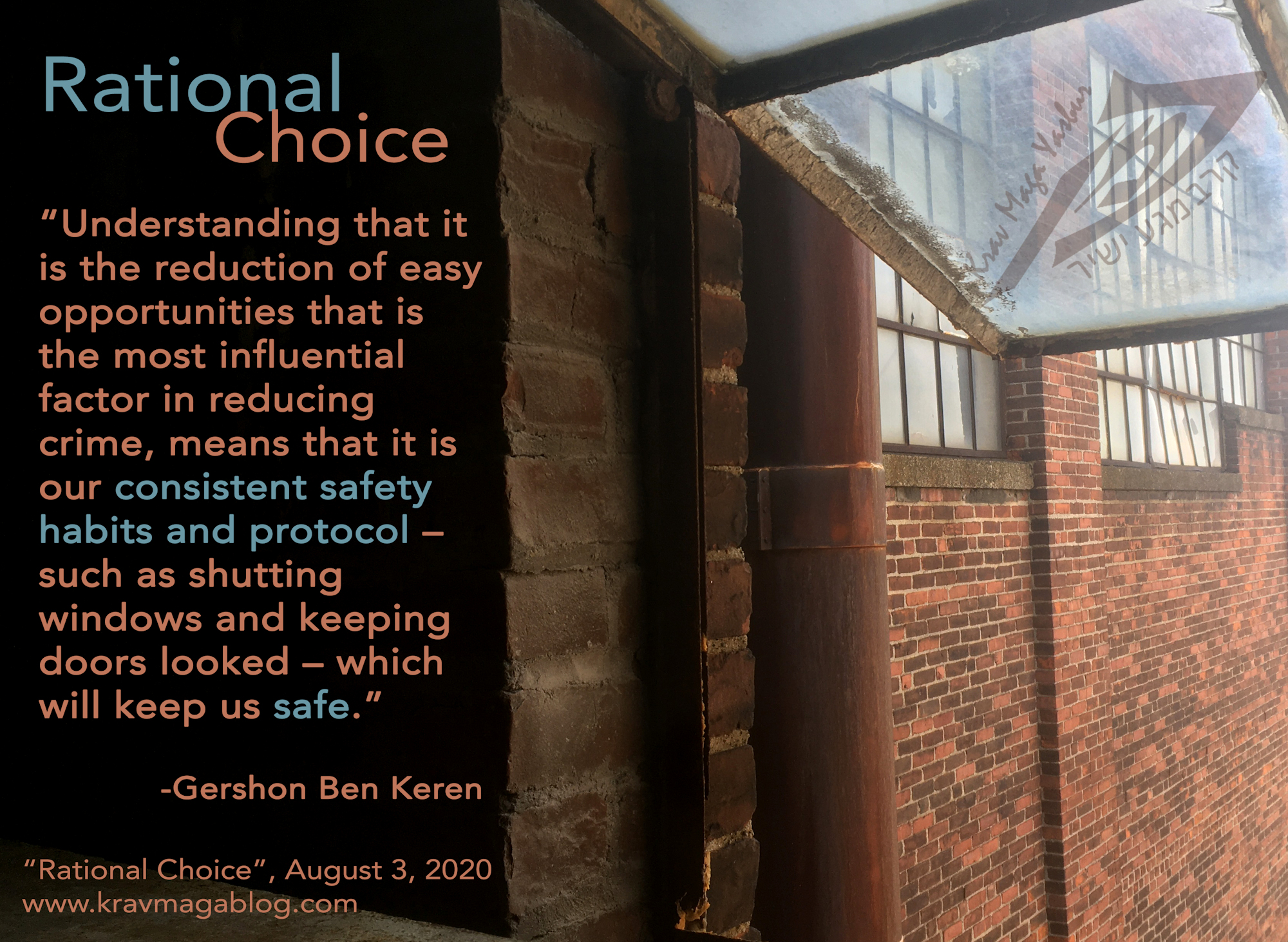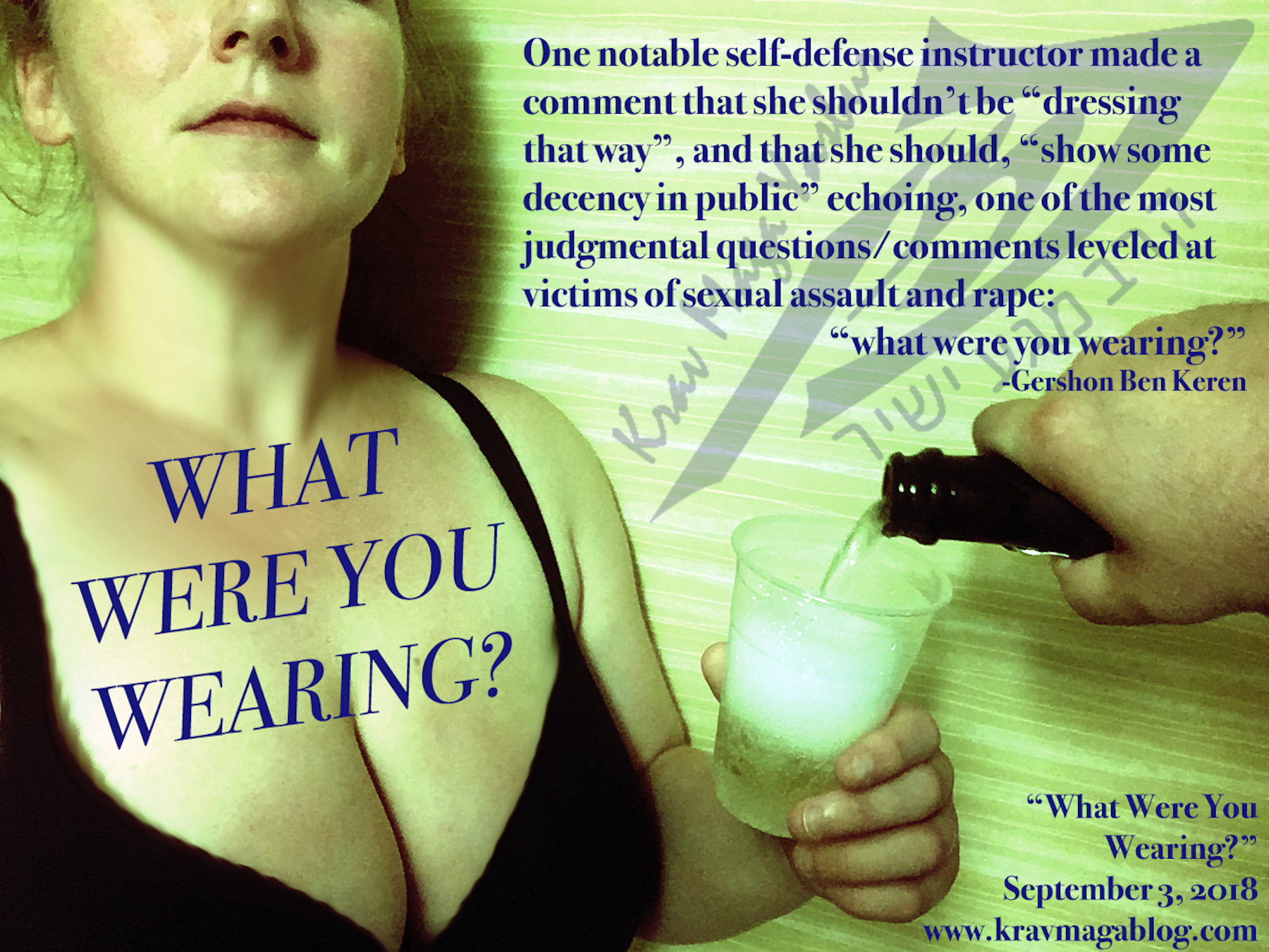Pepper Spray - Types & How To Use Them, is an article written by Gershon Ben Keren, a 5th Degree Black Belt in Krav Maga, who teaches Krav Maga in Boston, MA. He has also authored three Amazon best-Selling Books on Krav Maga.
The law in Massachusetts changed in 2014, to allow persons over the age of 18, to purchase and carry pepper and other defensive sprays, without having to have an FID card (Firearm Identification Card). This gives women over the age of 18, the opportunity to carry pepper spray without having to go through an application process, or complete any paperwork. This article, aims to explain how, where and when the use of pepper spray is appropriate and effective, along with situations where it is probably not applicable to use. This article will also explain the different types of spray, and the pros and cons of each – and in what situations one type may be more effective than another.
The first thing to note is that not all defensive sprays are the same. There are basically two types: OC sprays (Oleoresin Capsicum) which are derived/extracted from different types of pepper, and are referred to as “Pepper” sprays, and CS/CN Sprays, which comprise of a man made, non-organic chemical, 2-chlorobenzalmalononitril, which is known as “Tear Gas” (MACE, is a type of CS/CN Spray). The two are not the same, and although they have similar effects, there are major differences as well.
Pepper spray (OC) is an inflammatory agent i.e. it inflames tissue – it causes the eyes to shut immediately (if the eyes do stay open the capillaries will dilate causing temporary blindness), and causes the tissue of the nose and throat to swell effecting breathing. CS Spray (of which MACE is a type), is an irritant – it causes stinging and discomfort (to which some people are, and/or can become immune to). As an irritant it causes the eyes to tear/water but not to close, and it can cause coughing and breathing difficulties. Another big difference between the two, is that CS/CN Sprays can take 5 seconds or longer, to have an effect, whereas Pepper or OC Spray is effective immediately. 5 Seconds may not seem a long time, however you should consider that the average attacker will be able to run 30 yards in that time, and it is unlikely that any assailant you face will be that far away. Using something that is instantaneously effective is a much safer way to go.
Unless you have been sprayed with pepper spray, it is easy to underestimate its effects. When sprayed a person will instantaneously be blinded, their breathing will be affected to the point where they feel the equivalent of an asthma attack. At the same time their face (or whatever skin comes in to contact with the spray) will burn. When you choose a spray you should look at its SHU (Scoville Heat Units) value; this will determine how hot it is. A Jalepeno pepper has an SHU value of anywhere between 3500 and 10000, most pepper sprays have a SHU value of between 3 to 5 million. This means that on average you are basically rubbing 300-1000 of the hottest peppers, into somebody’s eyes and face. From a self-defense perspective this is both effective from a sheer pain perspective, as well as from closing the eyes, and effecting the breathing.
The percentage value on the spray e.g. 5 to 15 %, is less important than the SHU value. A can of pepper spray contains three things: the propellant (that which forces the spray out of the canister), a carrier (either water or oil based), and the active ingredient itself – the pepper. The percentage value simply refers to how much of the carrier and the active agent, is the pepper itself. A spray with a value of 5% or more should be sufficient.
Carrying a spray (or any other weapon for that matter) however effective will not be of much use unless it is ready to hand, and there may be situations that you find yourself in where you don’t have easy access to it. If you are at a party, a social gathering, or with a friend or acquaintance in your house or somebody else’s it is unlikely that you will have your spray within easy reach. If a situation is not overtly threatening you probably won’t have your spray with you, and in reality it is these situations, which are mostly like to contain danger/risk e.g. most women are likely to be sexually assaulted by someone they know in their home or somebody else’s. This should not deter you from carrying pepper spray, it is just to point out that it is not a replacement for following personal safety protocols. The situations where pepper spray is an effective tool are largely those when you are threatened by a stranger e.g. dealing with aggressive/dangerous individuals in parking lots, on the street, when you are in your car, when you are answering your door etc.
There are four different types of spray: foggers/cones, streams, gels and foams. If you have to default to one type, you should probably get a fogger/cone. These type of sprays, spray out a conical fine mist, and don’t require much accuracy i.e. point it in the rough direction of an aggressor and depress the trigger. Streams require a bit more accuracy; you have to aim and make sure that it connects with your assailant’s face – with the cone/fogger because it mists, anyone coming towards you through it, is going to make contact with it and inhale it. Gels and Foams work well, when your assailant is close to you, however your real aim of using the spray is to deal with attackers at a distance - having a gel or foam, in your car might be a good way of dealing with aggressive individuals who approach you in it.
The one disadvantage the cone/fogger has, is that strong winds can affect the way it disperses i.e. because it creates a fine mist. However the advantages that the other sprays have are largely effected by distance; they either need to be fired accurately which makes them more useful at closer ranges, or actually can’t be fired from great distances e.g. foam and gels. When you consider this, a fogger/cone at close range won’t really be affected by the weather and is therefore at least equal to these other types.
When you purchase your spray you should test it. You should also do this roughly every 6 months. The last thing you want is a spray that doesn’t work, when you most need it. The easiest way to test it, is to go outside on a non-windy day, and spray a small amount. Then direct your head towards it and breathe in. If it causes you to cough etc. it is probably still good. If not replace it.
Pepper spray is a great tool to add to your self-defense/personal safety arsenal, however it will be largely ineffective if you are unable to recognize threats, and identify dangerous people before they get to close to you, and so you should not believe that carrying spray in and of itself will keep you safe.
0 COMMENTS














